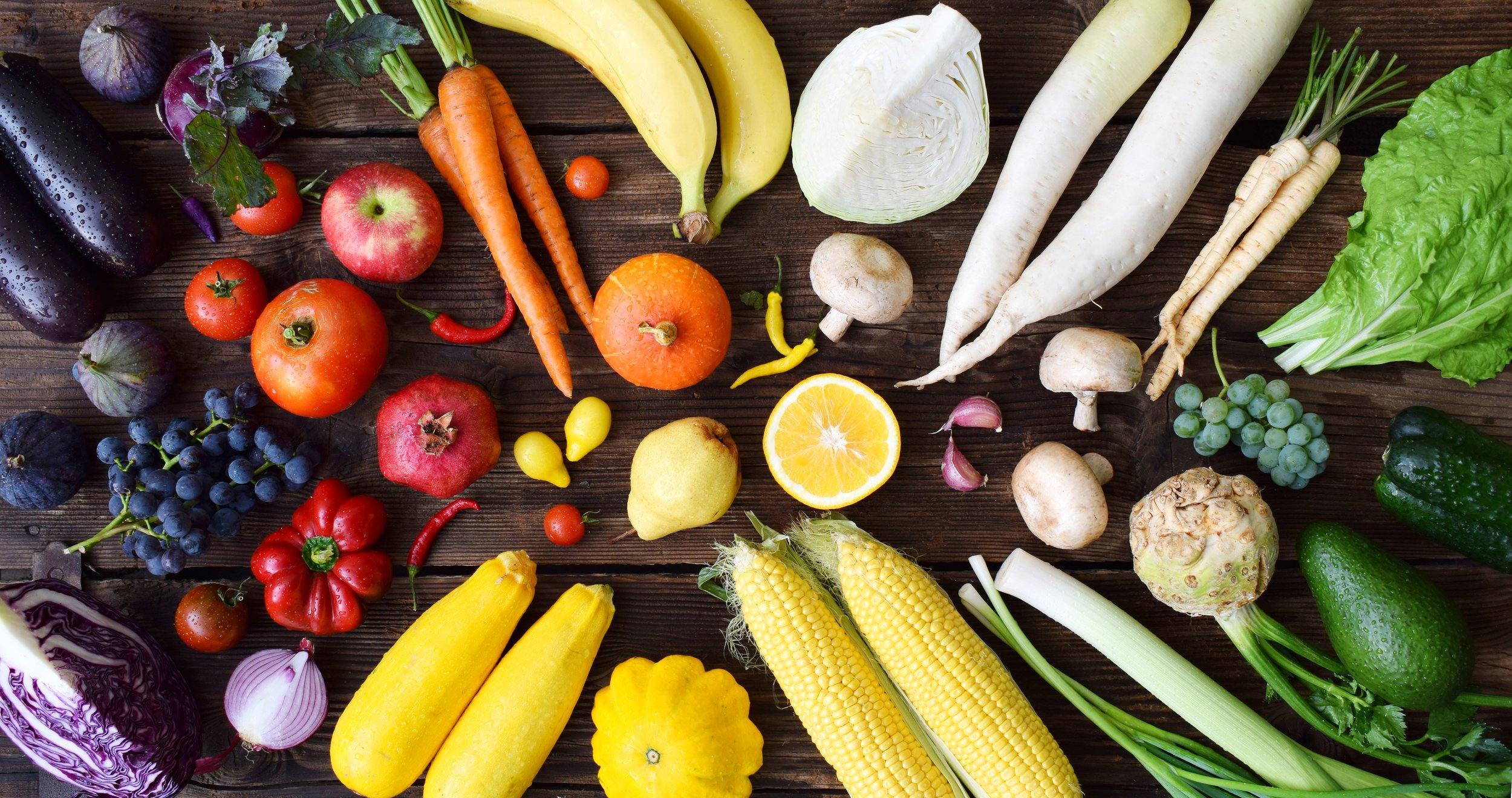
EATING THE RAINBOW TO IMPROVE YOUR HEALTH
December 01, 2022
For as long as we can remember we have been told to always eat our five serves of vegetables and two serves of fruit. We were told as children that we would grow big and strong if we ate broccoli and that carrots would help us see in the dark, but little did we know that the different colours of fruits and vegetables have a multitude of benefits for physiological and psychological health?
These plant-based foods have a plethora of vitamins, minerals, and phytochemicals. Phytochemicals not only give fruits and vegetables their bright, vibrant colour, but they are also suggested to reduce the risk of cardiovascular disease, dementia, diabetes, obesity, and psychological distress like anxiety and depression.
In a recent survey for the Australian Statistics Bureau, it revealed that only 6.1% of the adult population are reaching their fruit and vegetable recommendation, with 8.5% of children meeting the recommendation.
While consuming the recommended fruit and vegetable quantity can be difficult for some, it can be made easier by making a qualitive colour approach rather than quantitative servings. This is where the concept of eating the rainbow can be a much easier strategy for those improving their diet. It is achievable, easy for all ages and fun!
There are five different colour categories for fruits and vegetables. Each colour has their own set of phytochemicals containing healthy properties. These colours include purple/blue, red, orange/yellow, green and white/brown. There are more than 4,000 different phytochemicals that have been identified, with around 150 being studied in great depth. Following are just a few select phytochemicals that can be found amongst the five colour categories.
Tips On Eating The Rainbow
1. Focus on gradually filling half of your plate with vegetables at each meal, you can even try to ensure that one vegetable from each colour is on your plate, and then repeat until your half is full.
2. Every time you go to the grocery store or the markets, look for one new vegetable or fruit to try. If you have children, let them choose. They are more willing to give it a try if they have chosen it and picked it out themselves.
3. Find new ways to prep your vegetables. If you have a few vegetables that you aren’t super keen on, try preparing them differently. Aren’t a fan of brussels sprouts usually? Try roasting them with garlic, red onion, some sweet potato, and some spices and watch how much it changes how they taste. You can steam, roast, sauté and eat a lot of vegetables raw, there’s many ways to consume them.
4. Try them in a smoothie. Smoothies aren’t just for using frozen banana and berries. While these are always good options, did you know you can still get that creamy drink using frozen cauliflower or zucchini? Try chopping them up into small pieces, steaming and then freezing until you’re ready to use. This is a great option for those who can’t have bananas, and believe me, you really can’t taste them once it’s blended with everything else.
By Caitlin Davies - Nutritionist BHSc (Nutritionist)
First seen in the Seasonal Magazine: Summer 2023
Back to MO Blog page

